The Russian revolution begins on February 23 (March 8 Gregorian calendar). On International Women’s Day, women from Petrograd demonstrate to demand bread. Their action is supported by the industrial workforce, which finds there a reason to extend the strike. Strikes and demonstrations continue until the abdication of Tsar Nicholas II on March 2nd (March 15th, 1917). A provisional government is set up (after many dissensions between the various parties, headed by the Republican Alexander Kerensky) and pursues the war effort. However, the leftist parties (Bolsheviks, Socialists, Mensheviks and Revolutionary Socialists) continue the agitation until the insurrection of October 24 and 25 (November 6 and 7 in the Gregorian calendar) which leads to the takeover of Lenin and Trotsky. These had taken power with the slogan “bread and peace“. Immediately, Russian emissaries started talks about cease-fire with the Germans. An armistice is signed on December 5th, to be effective on December 15th. After some procrastination, the treaty of peace was signed in Brest-Litovsk, March 3, 1918. During this period, the Bolsheviks, then the Russians, are considered traitors by the allies. But in the countries of the alliance, as in those of the triplice, communists and socialists become a threat and, pacifists, are considered as an internal enemy. A theme largely developp in the caricature-propaganda by all armies and governments.
- The sanguinary bocheviks wolfs
- Bolcheviks as seen by Simplicissimus
- Internal ennemy in Germany: workers on strike
- Bocheviks paid by the Kaiser
- The traitors: British pacifist socialists
- Russian kidnapped by the Bolshevik, under the eyes of the benevolent Kaiser
- Bolchevik society as seen by La Tradotta, italian satirical magazine, part two
- Bolchevik society as seen by La Tradotta, italian satirical magazine, part one
- Bolcheviks friends of the Germans
- The italian internal ennemies: pacifists and socialists
- Italians socialist crucify Mussolini for bread
- Italian socialists friends of the Austro-Germans






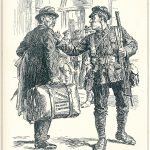
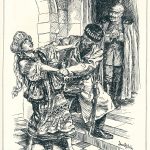


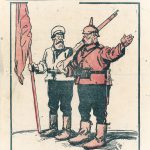
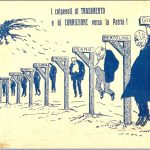

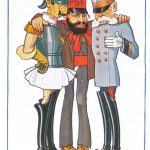

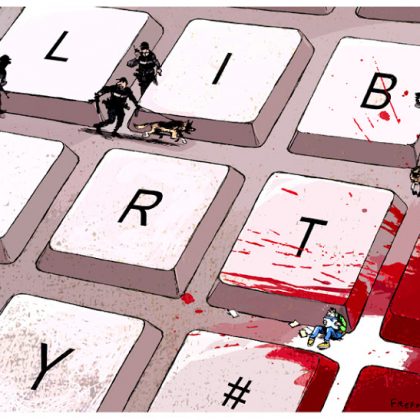
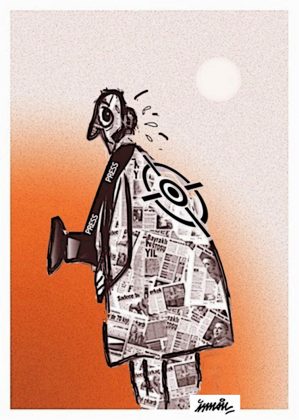


Comments
Annalee Como
I’m quite certain I’ll learn lots of new stuff right https://yong79.com/
Karl Soja
With thanks! Valuable information!